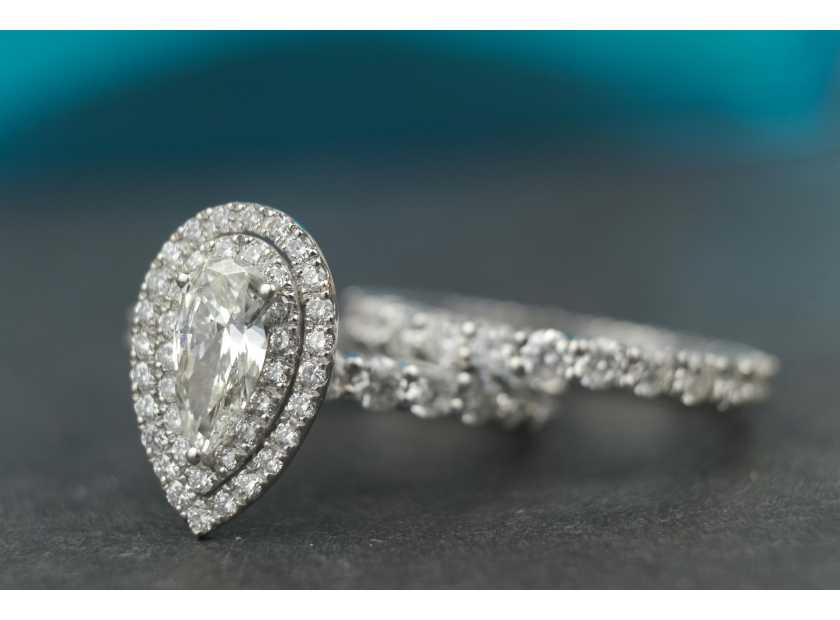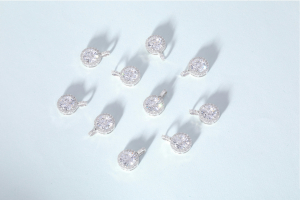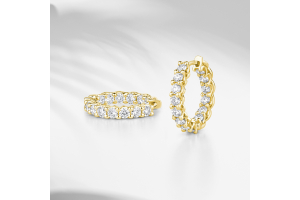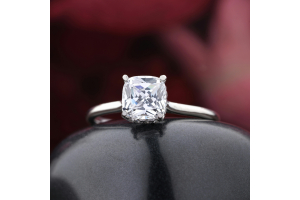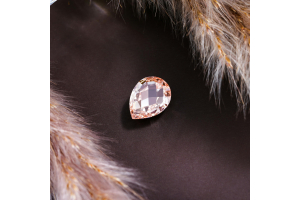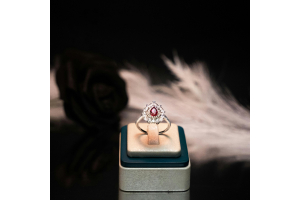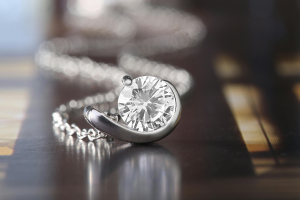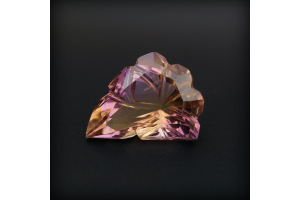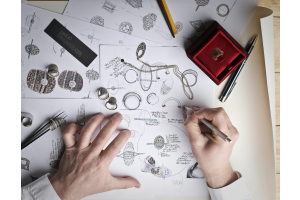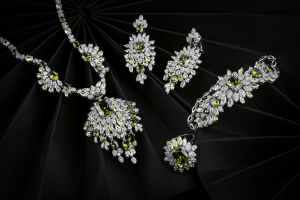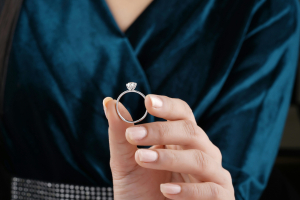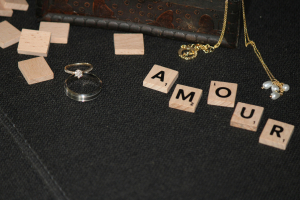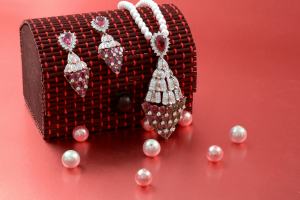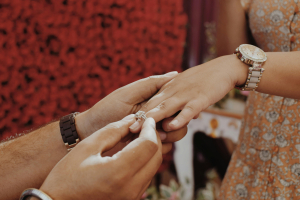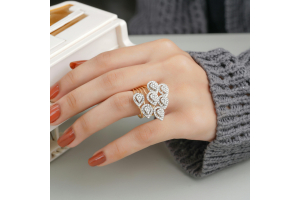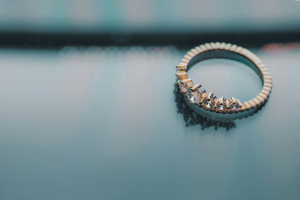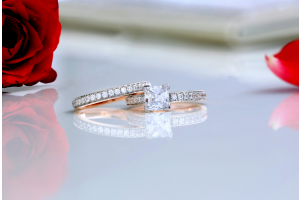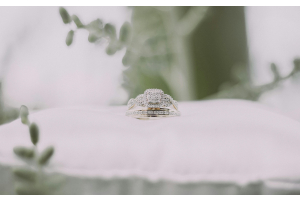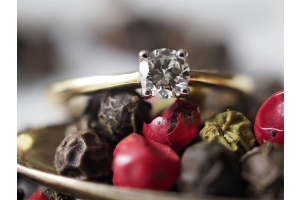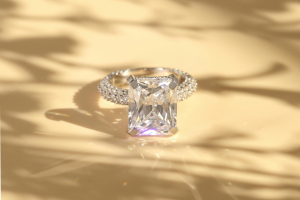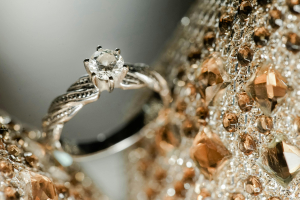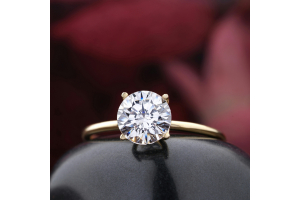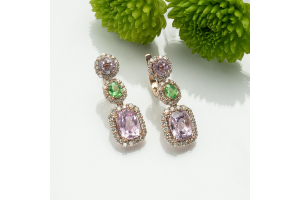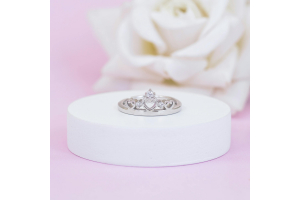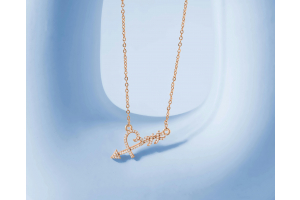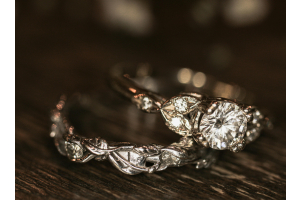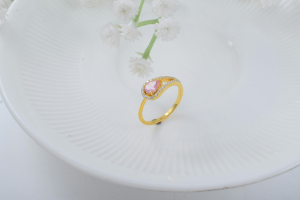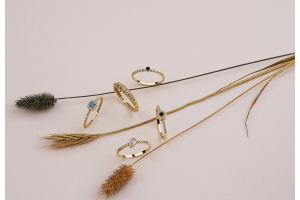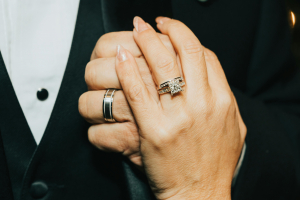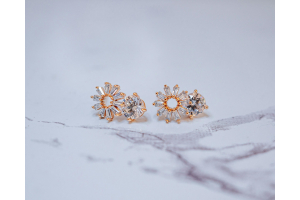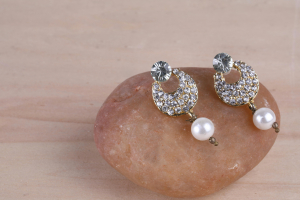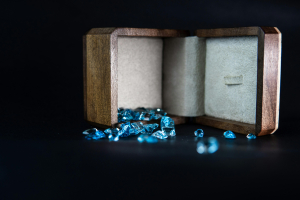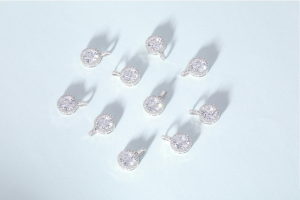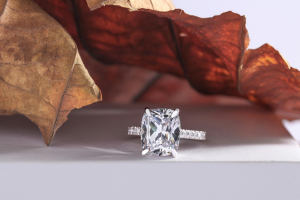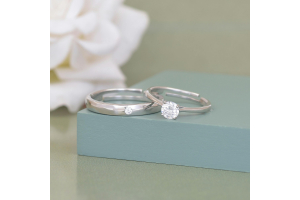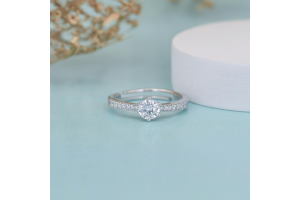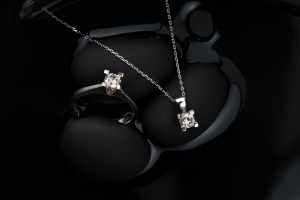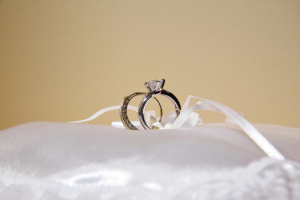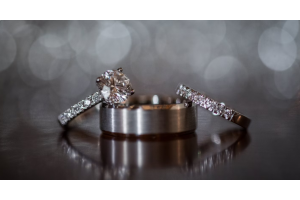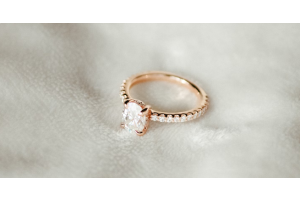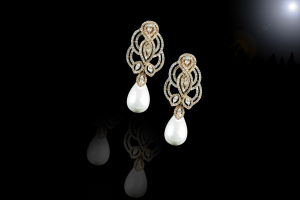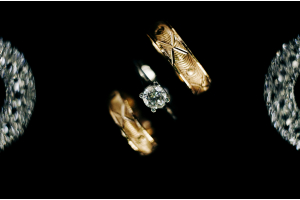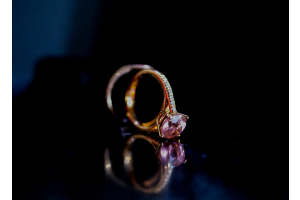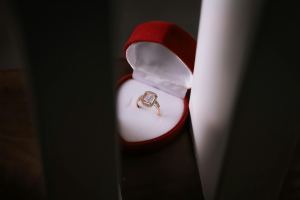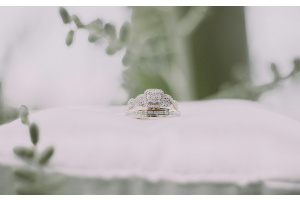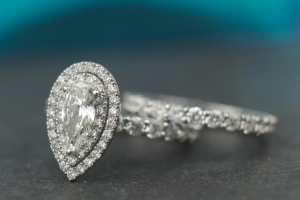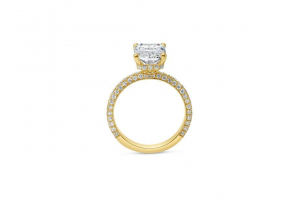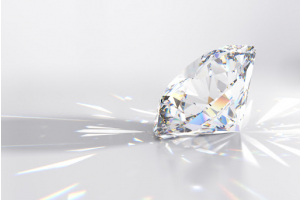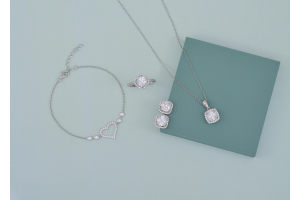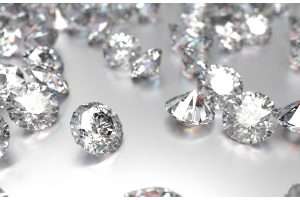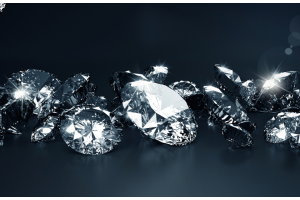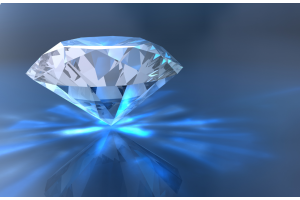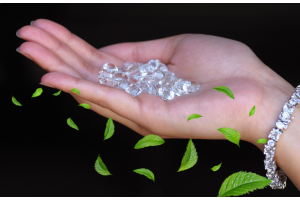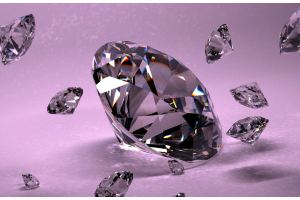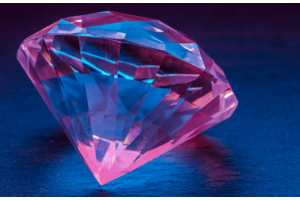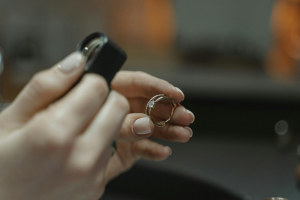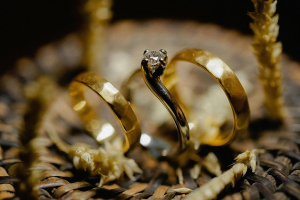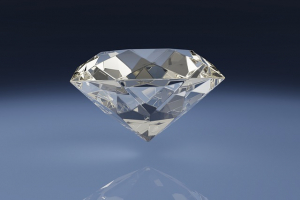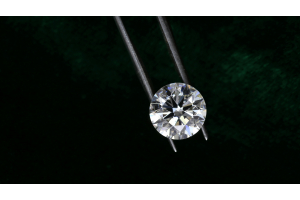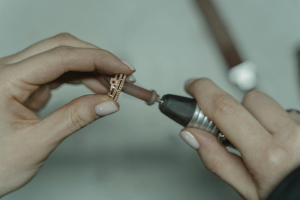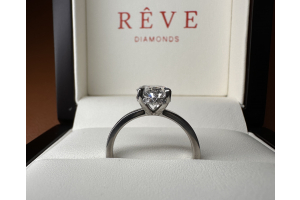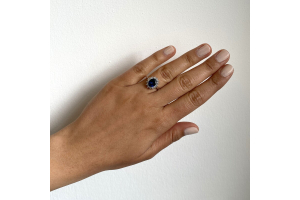USD
/
USD
/
Shipping to:
Currency:
- Wishlist
- Compare
- Contact Us
- NY +1 (646) 898 2098
- LA +1 (310) 920 6656
- Contact
- CALL NY
- CALL LA
-
Sign In
Sign In
- Create an Account
×
Speak to an expert
Get in touch with us using one of the options below:
- Engagement rings
-
Wedding Bands
- Jewelry
-
Gifts
-
GIFTS BY RECIPIENT
GIFTS BY OCCASION
GIFTS WITH MEANING
MORE GIFT IDEAS
-
-
Diamonds
-
Diamonds Search
natural diamonds
Diamonds Search
Express insuredFree worldwide Delivery 3 to 7 Days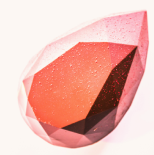
-
- Education
- Blog
- Home
- BLOG | Engagement Rings & Wedding Rings | Reve Diamonds
- How Lab-Grown Diamonds Are Disrupting the Jewelry Industry
How Lab-Grown Diamonds Are Disrupting the Jewelry Industry
How Lab-Grown Diamonds Are Disrupting the Jewelry Industry
By Author:
Alistair Knight
For decades, natural diamonds have symbolized luxury, love, and timeless elegance.
However, the rise of lab-grown diamonds is challenging long-standing traditions in the jewelry industry.
These man-made gems are not just disrupting the status quo—they’re redefining what consumers value in fine jewelry.
This article explores the transformative impact of lab-grown diamonds, their growing appeal, and what this means for the future of the jewelry market.
What Are Lab-Grown Diamonds?
Understanding Lab-Grown Diamonds
Lab-grown diamonds, also known as synthetic or cultured diamonds, are created in high-tech laboratories using advanced processes that mimic the natural formation of diamonds.
These gems are chemically, physically, and optically identical to mined diamonds.
They have the same brilliance, fire, and hardness, making them a perfect alternative for those seeking ethical and sustainable options.
For a detailed selection of these sustainable options, check out lab-grown diamonds.
How They Differ From Natural Diamonds
The key difference lies in their origin.
While natural diamonds are formed over billions of years deep within the Earth, lab-grown diamonds are cultivated in weeks under controlled conditions.
This eliminates the need for mining, which is often linked to environmental degradation and ethical concerns.
If you're interested in diamonds with unique shapes, explore radiant lab-grown diamonds or browse heart-shaped lab-grown diamonds.
Dispelling Common Misconceptions
Many people wonder if lab-grown diamonds are "real" diamonds.
The answer is a resounding yes.
Unlike cubic zirconia or moissanite, which are diamond simulants, lab-grown diamonds have the exact same composition as mined diamonds.
They are graded by gemological institutes and can even come with certification from reputable organizations.
For more insights, check out round lab-grown diamonds, one of the most popular shapes among buyers.
The Rise of Lab-Grown Diamonds
A Brief History
Lab-grown diamonds were once a scientific curiosity, first created in the mid-20th century for industrial purposes.
In recent years, advancements in technology have made it possible to produce high-quality diamonds for jewelry.
Their popularity has skyrocketed, driven by consumer demand for affordable and ethical options.
Technology Leading the Way
Two primary methods, High-Pressure High-Temperature (HPHT) and Chemical Vapor Deposition (CVD), are used to create lab-grown diamonds.
These techniques have become more refined, enabling manufacturers to produce larger, clearer, and more vibrant diamonds than ever before.
If you're searching for unique shapes, browse pear lab-grown diamonds or explore oval lab-grown diamonds.
Shifting Consumer Values
Today’s buyers are increasingly concerned about sustainability and transparency.
Lab-grown diamonds resonate with these values, offering a guilt-free alternative to traditional diamonds.
Millennials and Gen Z consumers, in particular, are driving this trend, as they prioritize ethical sourcing and environmental responsibility.
For a colorful twist, explore fancy colored lab-grown diamonds to make a bold statement.
Why Lab-Grown Diamonds Are Changing the Game
Affordable Luxury
One of the most appealing aspects of lab-grown diamonds is their cost.
They are typically 30-40% less expensive than their natural counterparts, making them accessible to a broader audience.
This affordability allows consumers to purchase larger or higher-quality stones without breaking the bank.
If you're looking for a classic yet affordable option, check out cushion lab-grown diamonds.
Ethical and Sustainable
The diamond mining industry has long been associated with environmental destruction and unethical labor practices.
Lab-grown diamonds bypass these issues entirely.
Their production requires significantly less land and water, and they come with a clear, traceable origin.
Customizable and Innovative
Lab-grown diamonds also offer unparalleled opportunities for customization.
Because they are created in controlled environments, designers have more flexibility in producing unique shapes, colors, and sizes.
This makes them a popular choice for bespoke jewelry.
For timeless shapes, explore emerald lab-grown diamonds or browse princess-cut lab-grown diamonds.
FAQs About Lab-Grown Diamonds
Are lab-grown diamonds as durable as natural diamonds?
Yes, lab-grown diamonds are just as durable as natural diamonds.
They rank a perfect 10 on the Mohs scale of hardness, making them ideal for everyday wear.
Why are lab-grown diamonds more affordable?
Lab-grown diamonds cost less to produce than mined diamonds, as they don’t require extensive labor or mining operations.
This lower production cost is passed on to consumers.
How can I find a specific diamond shape?
Explore marquise lab-grown diamonds for a unique and elegant choice.
Are lab-grown diamonds environmentally friendly?
Yes, they are considered more environmentally friendly than mined diamonds.
Their production uses fewer resources and eliminates the need for destructive mining practices.
For more options, browse lab-grown diamond categories.
Blog
Filter by:
- Jewelry (36)
- Art Deco Jewelry (1)
- Bespoke Jewelry (18)
- Christmas (4)
- Diamond Jewelry (22)
- Diamond Ring (21)
- Diamond Wedding Rings (1)
- Diamonds (21)
- Engagement Rings (25)
- Eternity Rings (1)
- Famous Diamonds (0)
- Fancy colored diamonds (2)
- Jewelry Insurance (0)
- Lab Grown Diamonds (20)
- Manmade Diamonds (3)
- Precious metals (4)
- Proposals (9)
- Royal Wedding (2)
- Tennis Bracelets (4)
- Valentines Day (2)
- Wedding Bands (1)
- Wedding Rings (1)
- Weddings (1)
- Birthstones (3)
- Aftercare (2)
- Diamond Earring (0)
Recent Posts
Best Lab Grown Diamond Brands in the USA: Ethical, Affordable, and Stunning Options
October 29, 2024
The Best Diamond Engagement Rings for Matching Stacks | A Guide to Pairing Perfection
September 11, 2024
The Symbolism Behind Different Diamond Shapes in Engagement Rings: What Each Shape Means
September 09, 2024
Why Minimalist Diamond Engagement Rings Are on the Rise: Timeless Elegance with a Modern Twist
September 09, 2024
Comparing Cushion vs. Princess Cut Diamond Engagement Rings: Find the Perfect Shape for Your Style
September 09, 2024
Diamond Engagement Rings for Non-Traditional Couples: Unique Styles for Every Love Story
September 05, 2024
How to Choose the Right Metal for Your Diamond Engagement Ring: A Comprehensive Guide
September 05, 2024
Diamond Engagement Rings for Men: The Ultimate Guide to Choosing the Perfect Ring
September 04, 2024
The Most Popular Diamond Shapes for Engagement Rings | A Guide to Choosing the Perfect Shape
September 04, 2024
Customizing Your Diamond Engagement Ring: Tips and Tricks for a One-of-a-Kind Design
September 04, 2024
Caring for Your Diamond Engagement Ring: Essential Tips and Tricks for Long-Lasting Sparkle
September 03, 2024
How to Clean a Diamond Engagement Ring at Home: Easy, Expert Tips for a Sparkling Ring
September 03, 2024
Tennis Bracelets: A Comprehensive Guide to Types, Classic, Pyramid, and Illusion Settings
February 02, 2024
Understanding Diamond Clarity: FL (Flawless) vs. IF (Internally Flawless) Diamonds
September 26, 2023


